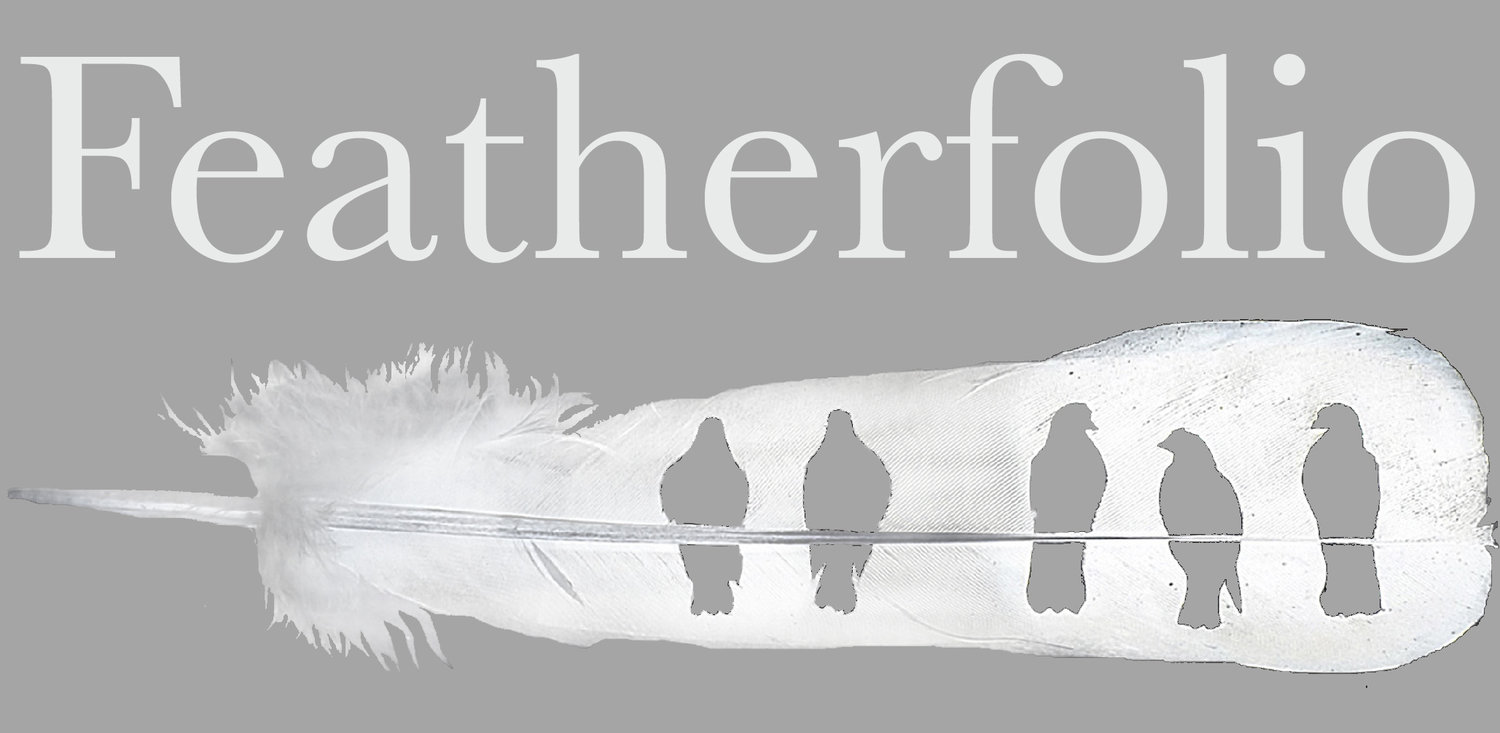Ravens don't migrate much. They don't fly in flocks much either. And they appear as jet black to us. So this piece is all wrong!
However, Ravens' feathers sport a sheen that reflects light not as black but ephemeral colors like green, lavender, blue, copper, and purple. In addition, Ravens likely see much more color in the feathers of their fellows than we do. This is because they see the four "primary" colors of ultraviolet in addition to the yellow, red, and blue colors that we see. Like yellow and red mixes into orange, ultraviolet combines with the other colors to create rich tapestries that we can only imagine.




















